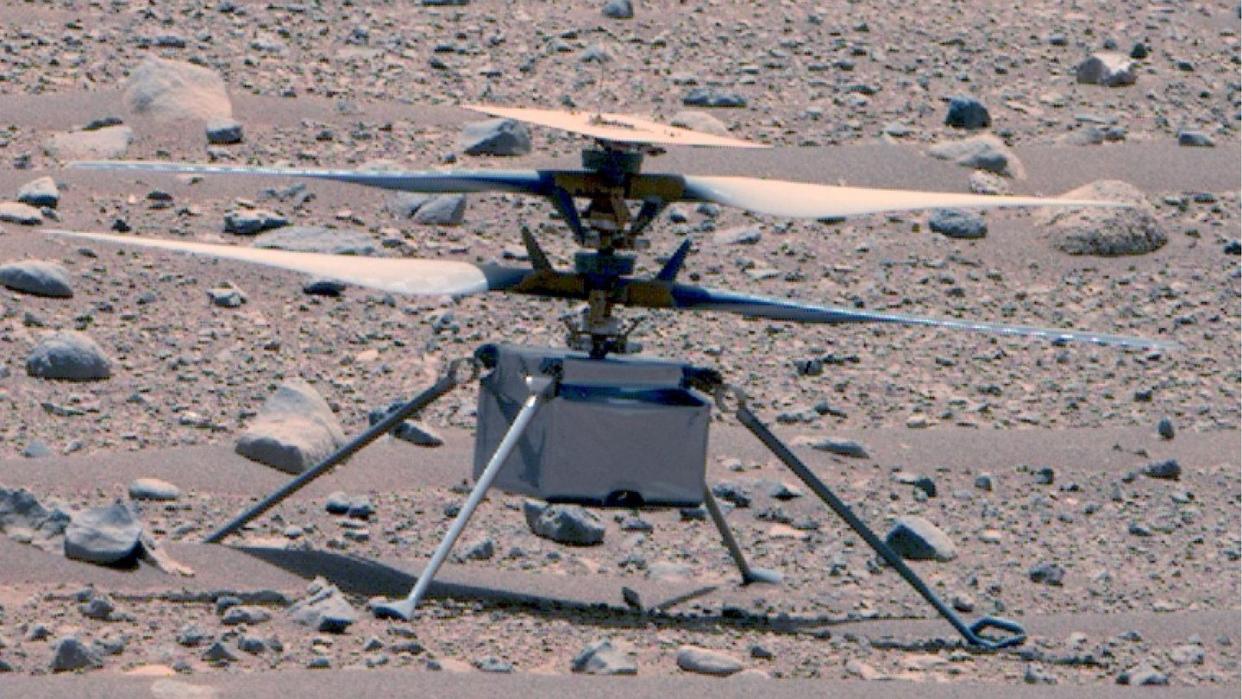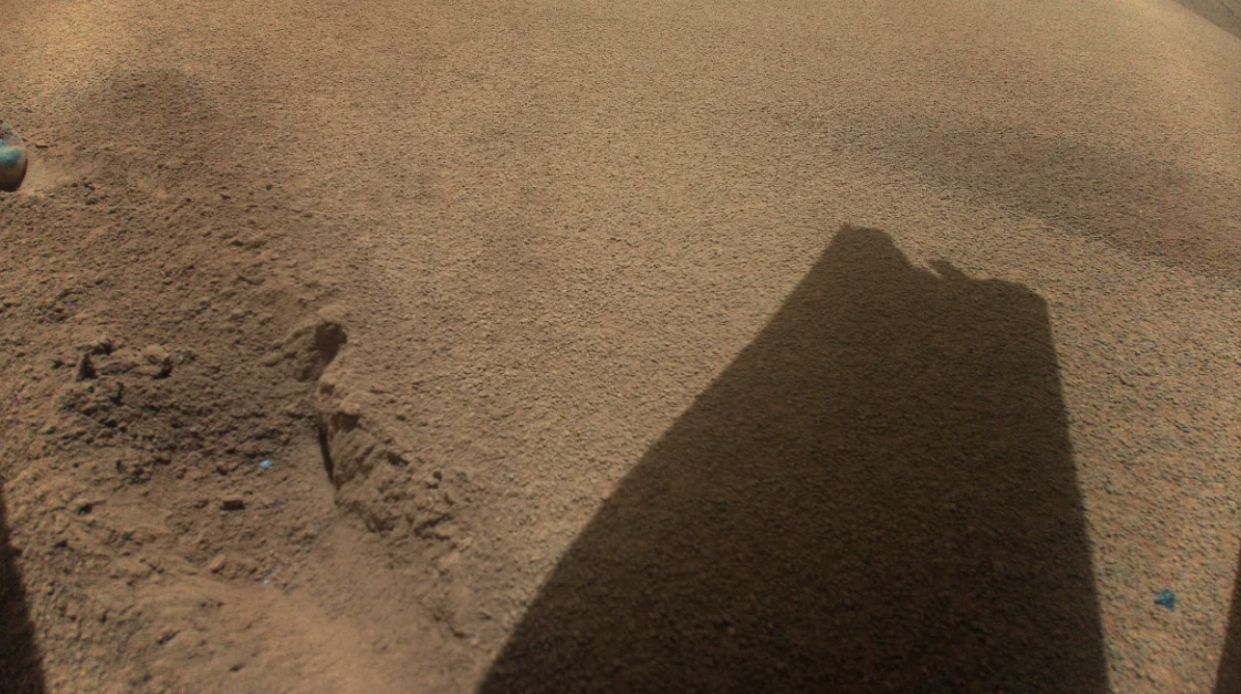Ingenuity Has Made Its Final Flight on Mars. It Performed Beyond Earth’s Wildest Dreams.

On April 19, 2021, NASA’s Ingenuity helicopter took its first flight on Mars. On January 18, 2024, it took it’s last.
After losing communication with the helicopter during descent, NASA re-established connection the next day—only to discover that one-quarter of one of Ingenuity’s rotors had broken off, possibly due to hitting the ground.
Although a sad day for the Perseverance team, the Ingenuity helicopter completed 72 flights. It’s original mission was only to complete five.
Flying a helicopter on another world might sound like the stuff of fiction, but NASA made those imaginative dreams a reality with its pint-sized Martian helicopter named Ingenuity, which took flight on the red planet in April of 2021. A relatively late addition to the Mars 2020 Perseverance Rover mission—only joining the crew in May of 2018—Ingenuity was designed to survive for 30 days and fly a total of five missions. Instead, the little helicopter that could stuck it out for nearly three years and flew a total of 72 missions.
Ingenuity has been very, very cool (it even contains a swatch of the original Wright Flyer). But on Thursday, NASA administrator Bill Nelson announced that the helicopter’s mission had finally come to an end.
“It is bittersweet that I must announce that Ingenuity…has taken its last flight on Mars,” Nelson said during a video message posted on NASA’s website. “As it was coming down for a landing, at least one of its carbon fiber rotor blades was damaged. We’re investigating the possibility that the blade struck the ground.”
Ingenuity is a helicopter unlike any other. Because Mars has only 1 percent of the atmosphere Earth has, NASA engineers needed to design special rotor blades and other mechanics in order for the craft to explore the Martian skies. Because of this thin atmosphere, Ingenuity’s rotor blades needed to be two feet long and spin around 2,400 times a minute in order to create enough lift for what is ultimately a pretty light payload. Ingenuity only weighs about two 1.5 pounds on Mars, or around four pounds on Earth.
“As the blades rotate, they tend to flap up and down a little bit, which interferes with control,” NASA JPL engineer Bob Balaram told Popular Mechanics days before Ingenuity’s arrival on Mars in February of 2021. “On Earth, [this motion] gets stamped out. On Mars, in the thin air, it doesn't get stamped out.”
To correct for this, NASA built carbon fiber blades with a foam core for extreme lightness and extreme stiffness, and it appears that damage to one of these rotor blades has spelled the end to one of NASA’s most intriguing space missions. On January 18th, during what would be Ingenuity’s last flight, NASA lost touch with the helicopter on its descent. The team was unable to establish a connection until the next day, when a photo—which captured the shadow of the helicopter—showed that one-quarter of one of the rotor blades had broken off completely.

Although the original plan was to leave Ingenuity behind after five flights, the helicopter performed so well that the Perseverance team used the little craft to scout out areas for the Perseverance rover—forming a kind of Martian robotic super team. Ingenuity now joins other robotic pioneers—such as Sojourner, Spirit, and Opportunity—in a much-deserved retirement. Until we meet again, Ingenuity.
“Like the Wright Brothers…Ingenuity has paved the way for future flight in our Solar System,” Nelson said in a video statement. “It’s leading the way for smarter, safer human missions to Mars and beyond.”
You Might Also Like
